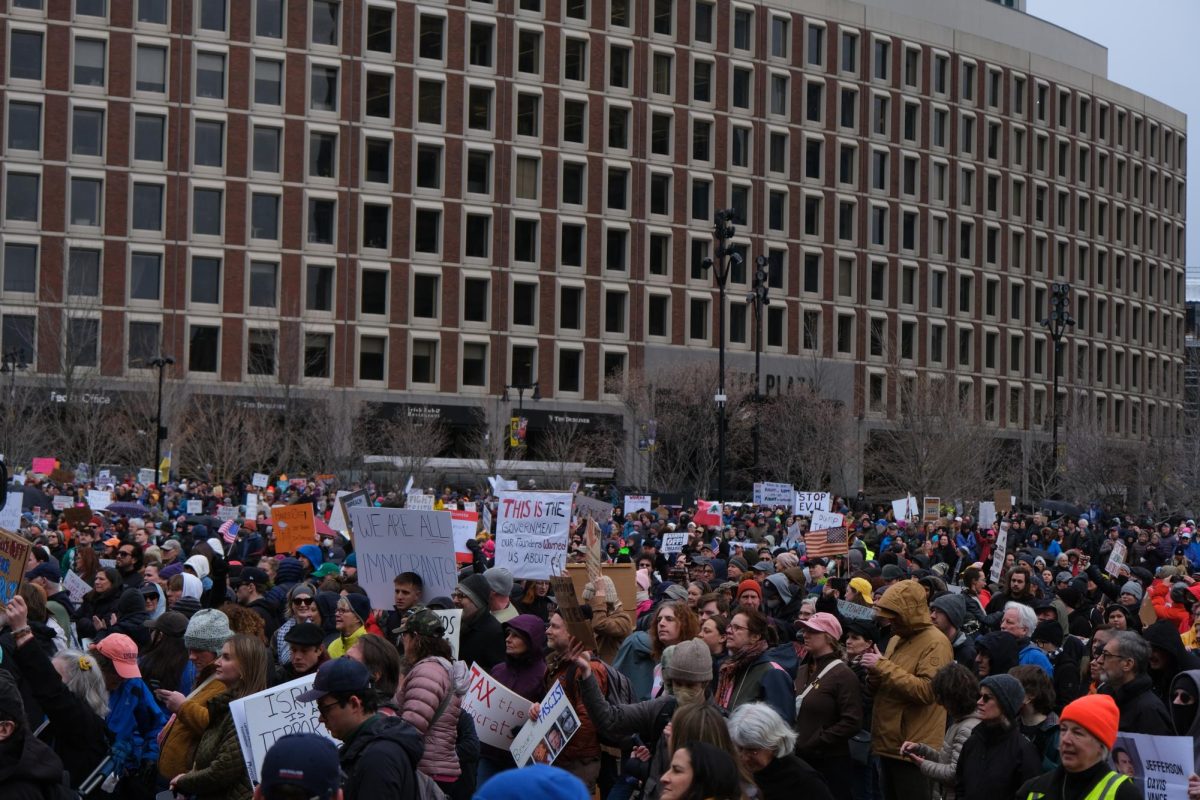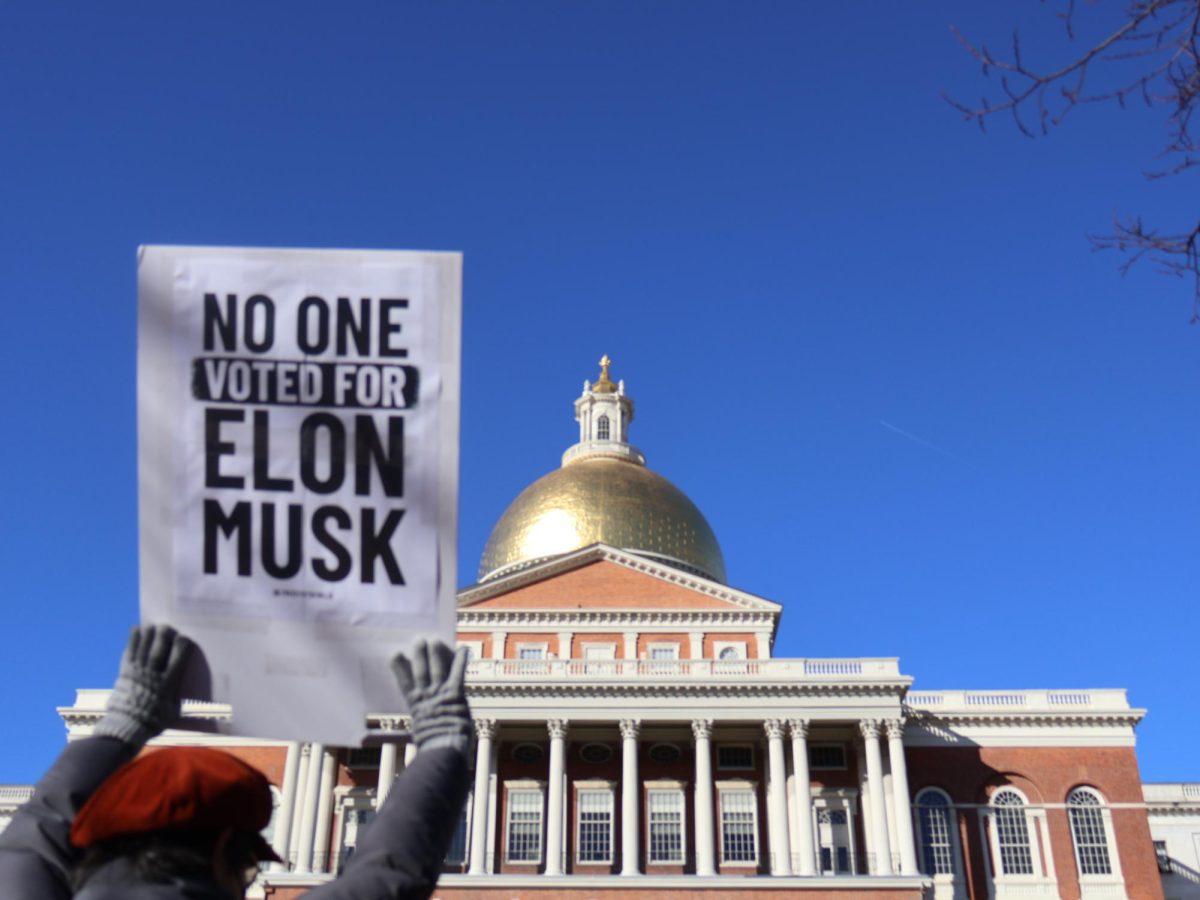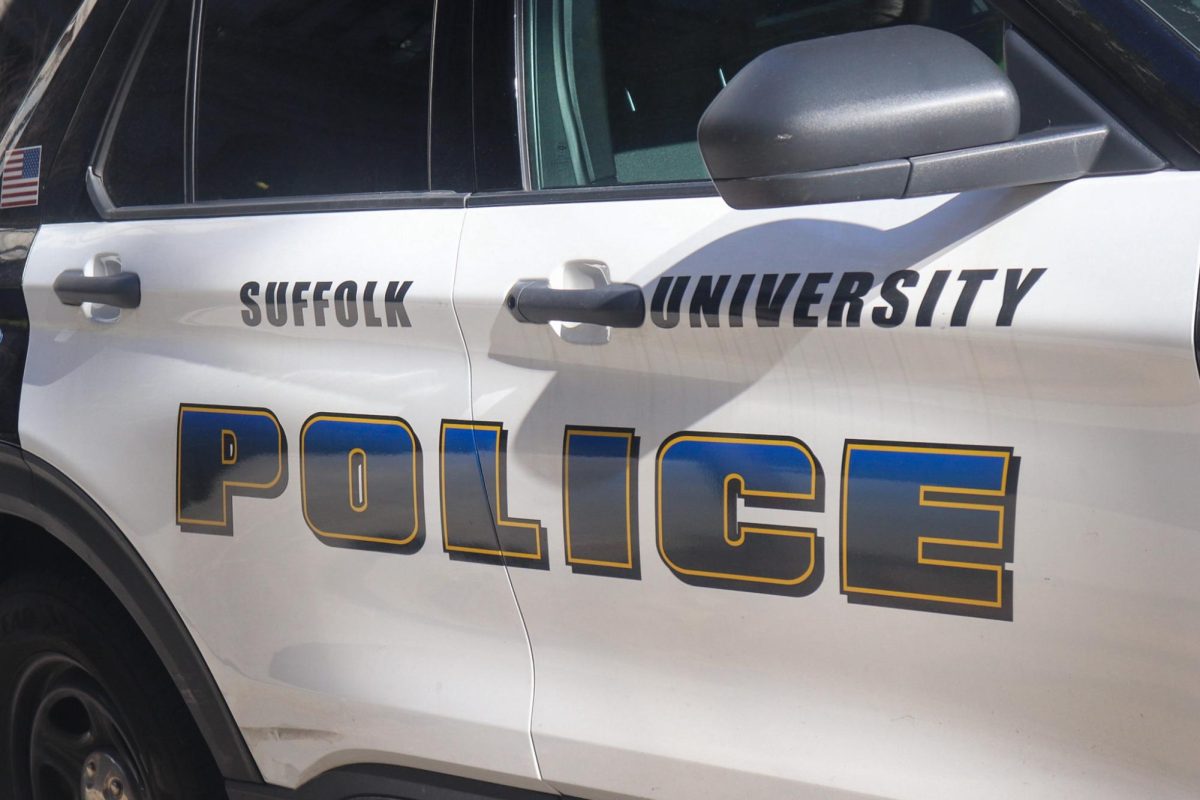In a live-broadcast debate presented by NBC 10, NECN and Suffolk University’s Ford Hall Forum, voters looked to the stage at Modern Theatre last Thursday for information that might help them decide on how to vote on Mass. ballot Question 1.
Question 1 proposes a limit on how many patients a nurse can care for at one time, which would be decided based on the level of care patients need and the unit they are in. Most nurses would care for fewer than five patients under the bill.
Karen Moore, the Senior Vice President of Operations at Lawrence General Hospital (LGH), advocated the “no” vote in the debate.
“I am urging a no vote because of the rigid limits it would set for nurses,” said Moore. “We know that they cause declines in patient beds, delays with crowded emergency rooms, and dilemmas for hospitals and the people who work in them.”
Donna Kelly-Williams, the President of the Massachusetts Nurses Association, represented the “yes” vote.
“Study after study has shown that when nurses have too many patients at one time, bad things happen to patients,” said Kelly-Williams. “Patients stay longer, there is an increased chance for medication errors, infection and medical complications, and patients are quickly readmitted and sicker than when they first were admitted.”
Kelly-Williams said that the ballot question is a last resort for implementing new staffing limits after 20 years of failed collective bargaining agreements, legislative fixes and thousands of unsafe staffing reports.
California’s patient-nurse ratio law that passed in 1999 is a primary argument for the “yes” vote, as supporters claim that it diverted money from executive salaries back toward patient care.
“What they found in California was not only were hospitals more efficient, they remained profitable and their insurance premiums were much lower than what we have here,” said Kelly-Williams.
Moderator and NBC10 Boston anchor Shannon Mulaire said that research in California, after the law passed, showed some areas of patient outcomes improved while others did not and longer wait times in emergency rooms and the closure of programs did not occur as some predicted.
To Moore, the law in California is nothing like what is being proposed in Massachusetts.
“But Massachusetts is already outperforming California on every meaningful measure, including levels of nurse staffing, levels of performance and outcomes associated with nurses,” said Moore.
Massachusetts has had staffing ratios in all Intensive Care Units (ICU) since 2014. Moore said that there are now 10 percent fewer ICU beds in the state than there were four years ago.
Moore also said that LGH would have to close 30 beds and would see 20 to 30 fewer patients in the emergency room annually.
“In my hospital, a patient came into the emergency room and needed an ICU bed and couldn’t be admitted even though there were patients in that ICU that were not at the critical care level,” said Moore. “There was no critical care bed in eastern Massachusetts that night and we ended up sending that patient to New Hampshire for a critical care bed. This gentleman died the next day and the family said they would never forgive us for having their loved one spending the last 12 hours of their life wondering when they were going to get care,” said Moore.
Kelly-Williams argued that this was a result of hospital executives’ own choices.
“You have made choices to decrease the number of ICU beds in your facility,” said Kelly-Williams. “You made that decision on where you were going to make cuts and that’s what we’re seeing.”
“We don’t make choices, it’s the inflexibility [of patient limits],” said Moore. “We can’t even use some of those beds part of the year as critical care beds.”
The Health Policy Commission, an independent state agency that monitors health care spending growth in MA, found that the bill would increase health care costs in state by nearly $1 billion.
Kelly-Williams argued that the report used inflated numbers from hospital executives and that the bill would bring at most a $45 million health care cost increase.
“Hospitals can well afford this,” said Kelly-Williams. “They are a $28 billion industry.”
Grace Sullivan, a Neonatal Intensive Care Unit nurse at Beth Israel Hospital who attended the event, explained that even nurses cannot agree on how to vote.
“It’s like how it was with Trump and the election,” said Sullivan. “We won’t bring it up in my unit because there are very strong opinions on both sides.”
With the debate on Question 1 continuing beyond last Thursday’s event, Sullivan, who was leaning towards a “no” vote before the debate, is still unsure of how she will vote on Nov. 6.
“It’s silly that it’s a vote up to the public when nurses don’t even know how to vote,” said Sullivan. “It shouldn’t be on the ballot.”














E. Ann Sheridan • Nov 6, 2018 at 2:27 pm
Of the many printed reports on the debate about Question 1 on the ballot, this account by Ms. Enos included the most important arguments for and against the safe staffing issue and the difference of opinions between and among nurses. There are serious issues embedded in this debate, the most important of which is that nurses, particularly in acute care settings, have been seemingly unable to establish an effective communication system with hospital executives. That is, one which results in optimal staffing for the benefit of patients and families so that dedicated nurses feel they have had the time and support to render the best possible care to those entrusted to them. It becomes extremely difficult for members of the nursing profession to speak with one voice when their professional organizations have not joined together to identify and solve the most pressing problems, such as staffing, and more broadly to contribute to making health care a priority in all settings. Reports on the staffing debate like this may serve to illuminate some of the underlying problems which led to this Ballot question.